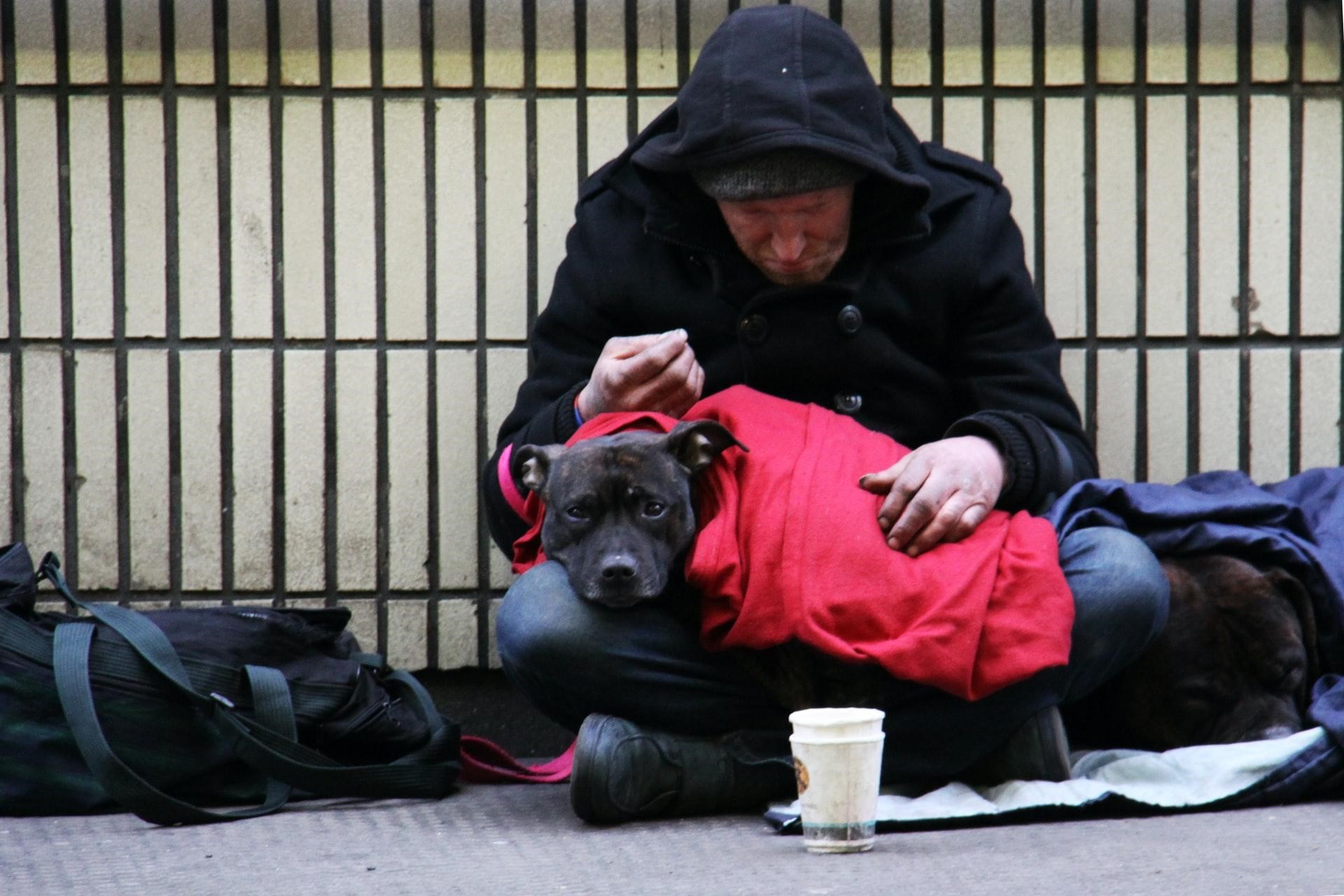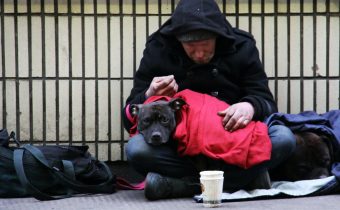
By Jori Hamilton
The coronavirus pandemic has shined a spotlight on myriad societal inequities, the most prevalent of which is how being poor affects your health. Because BIPOC individuals are statistically more likely to live in poverty than their white counterparts, they’re at an increased risk for health complications. In short, poverty itself is a disease.
Even before the COVID-19 outbreak, poverty in the U.S. was around 12.3%, according to the 2017 Census Bureau report. The pandemic and the ensuing economic downturn, which has left millions of Americans without work, has likely caused the poverty rate to increase.
Without sufficient income, people aren’t able to afford the baseline requirements for healthy living. Instead, they have no other choice but to live in suboptimal housing and succumb to food insecurity. When those conditions result in illness, people living in poverty frequently have inadequate access to healthcare.
Experts have acknowledged that socioeconomic status is the single largest predictor of health. To understand how poverty is a social determinant of health, you must examine the various intersections of health and poverty.
Experiencing Food Insecurity
The stress of not knowing when you’ll eat your next meal can wear on a person’s health almost as much (in some cases, more so) than deficient nutrition itself. For both adults and children living in poverty, food insecurity is a major stressor that increases their likelihood of developing inflammatory issues as well as a heightened risk of heart attack and stroke. When you remember what a positive impact thankfulness can have on your mental health, it’s easy to imagine the negative consequences stress and uncertainty can cause.
The food that people living in poverty can procure is often severely lacking in nutrients necessary to maintain health. In low-income neighborhoods, there often aren’t places to buy fresh fruits and vegetables. If there is, quality produce is generally expensive. High-calorie, high-fat fast food is usually the cheapest option and the first choice of people trying to make their food budgets stretch. Unfortunately, a diet of mostly fast food will lead to obesity.
Impacts of Living in Suboptimal Housing
Similar to food insecurity, another source of stress for people living in poverty is their housing situation. In addition to low-income neighborhoods frequently having higher crime rates, suboptimal housing conditions can range from overcrowdedness and improper sanitation to toxic infrastructures and tainted water supplies. All of these scenarios have severe negative consequences for physical as well as mental health.
When people live in close quarters, as is the case with overcrowded residences, airborne diseases can spread quickly from person to person. As witnessed in the coronavirus pandemic, it’s a major public health issue that health policy experts are working to solve. Furthermore, there’s ample opportunity for other respiratory ailments to arise due to a reliance on open fires and traditional stoves. Compounding the issue is a lack of access to green spaces for fresh air and exercise.
Inadequate Access to Healthcare
When people living in poverty develop health conditions related to suboptimal housing or food insecurity, they’re unable to receive the healthcare they need to get better. During the coronavirus pandemic, people who have lost their jobs have also lost their healthcare coverage. Despite social programs that are in place to help people who’ve fallen on hard times, many people still don’t have adequate coverage.
Exorbitant out-of-pocket costs mean people living in poverty have to choose between scheduling a doctor’s appointment or filling a prescription and paying rent or buying groceries. These tough choices cause stress and impact a person’s health. Over time, people develop and sustain a heightened stress response that accelerates normal wear and tear on the body.
It’s clear that people living in poverty need access to healthcare, but for residents of rural communities, even getting to an appointment is difficult. Without reliable transportation or childcare, traveling to see a doctor or dentist is almost impossible. People have no other option but to try to live with cavities or other aches and pains. Small ailments can turn into bigger issues if left untreated.
From inadequate access to healthcare and living in suboptimal housing to experiencing food insecurity, there are a variety of factors affecting the health of people living in poverty. These stressors, which people of a higher socioeconomic status likely never think about regarding their own situations, can be linked to a wide range of diseases. Whichever way you look at it, poverty is a social determinant of health.

Jori Hamilton is an experienced writer residing in the Northwestern U.S. She covers a wide range of topics but takes a particular interest in topics related to politics, urban living, society, and health. If you’d like to learn more about Jori, you can follow her on Twitter and LinkedIn.

One comment